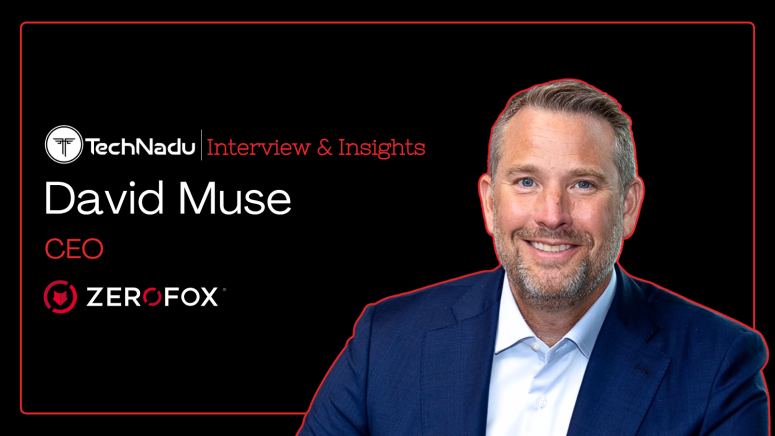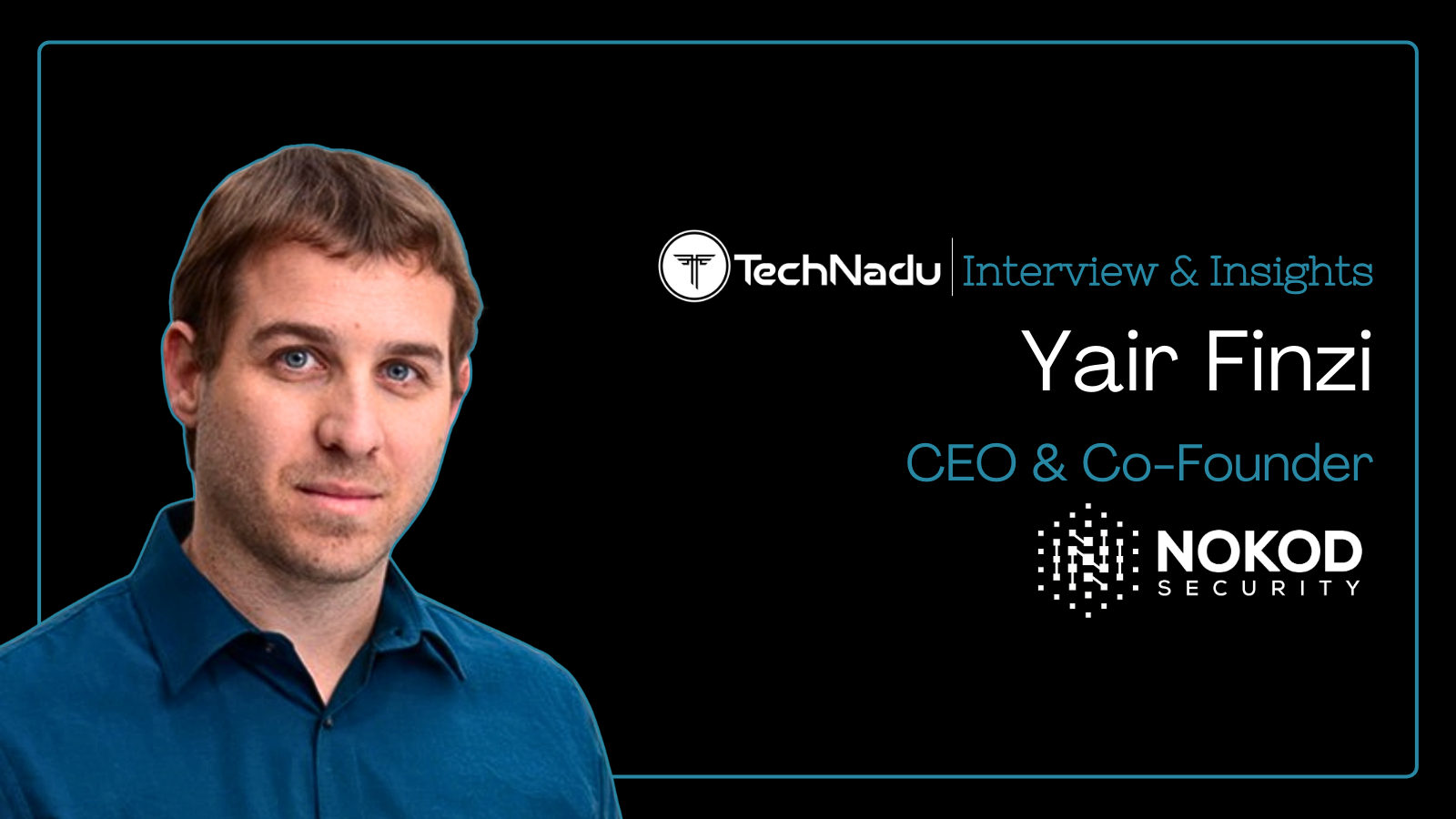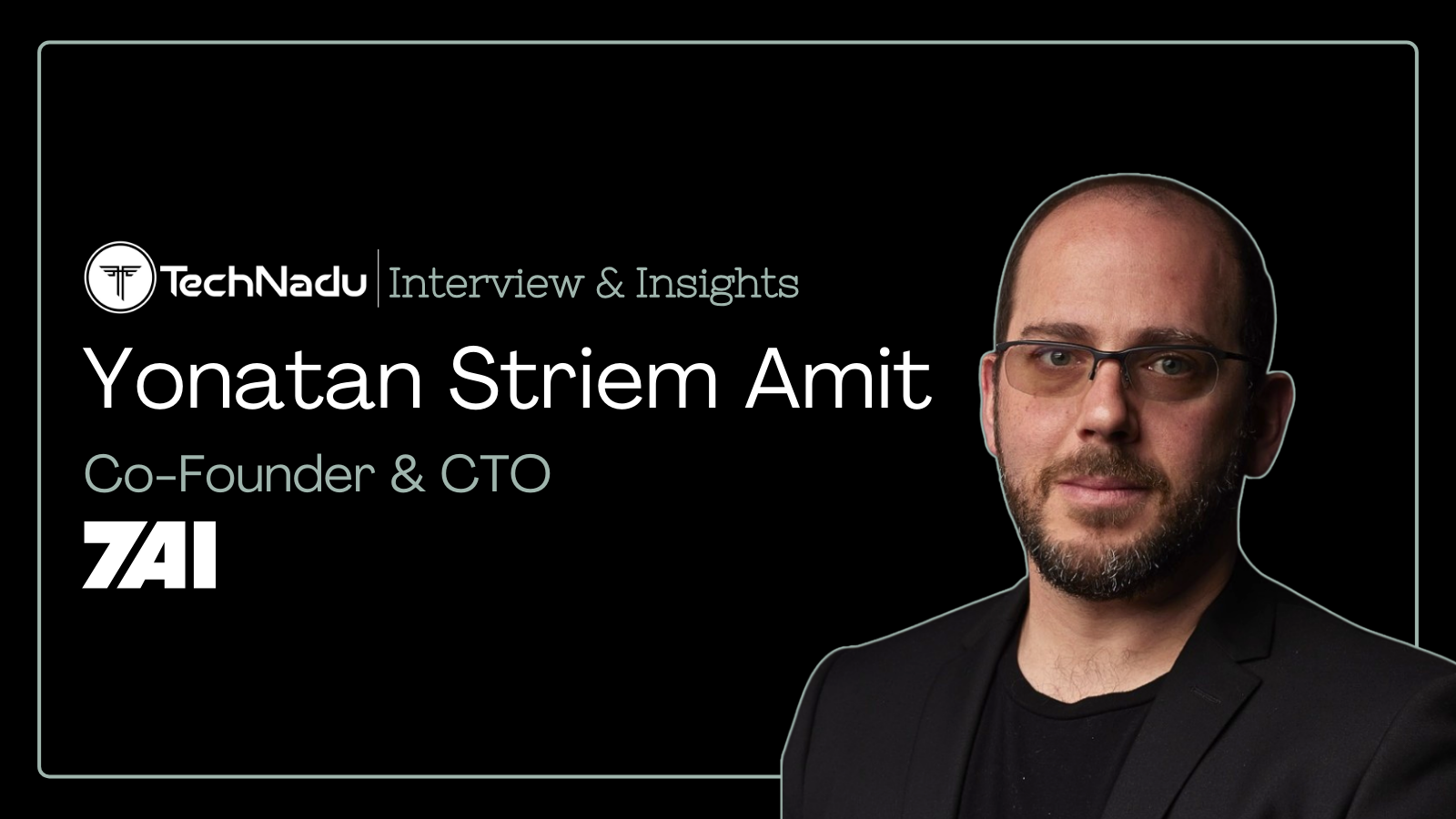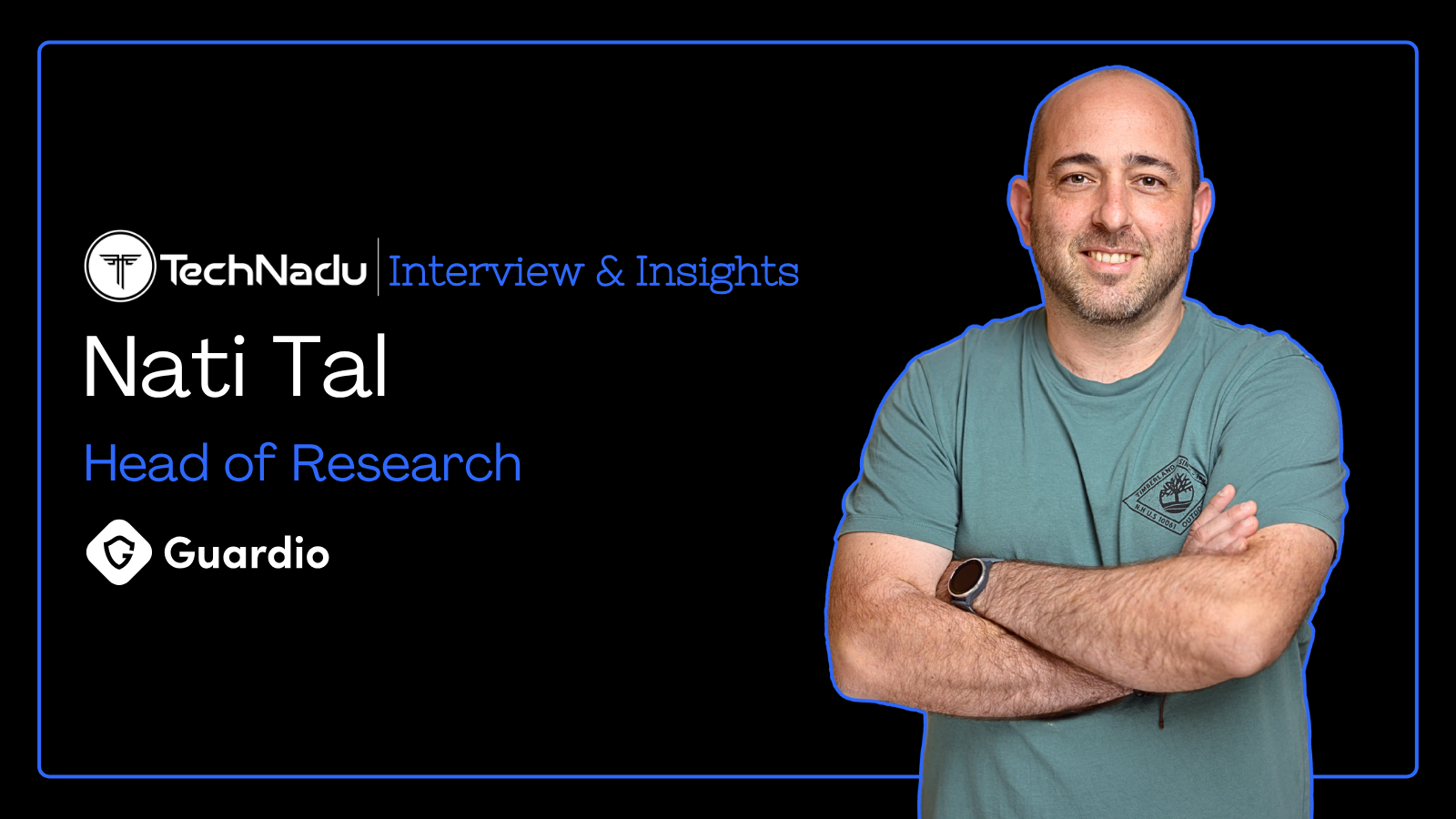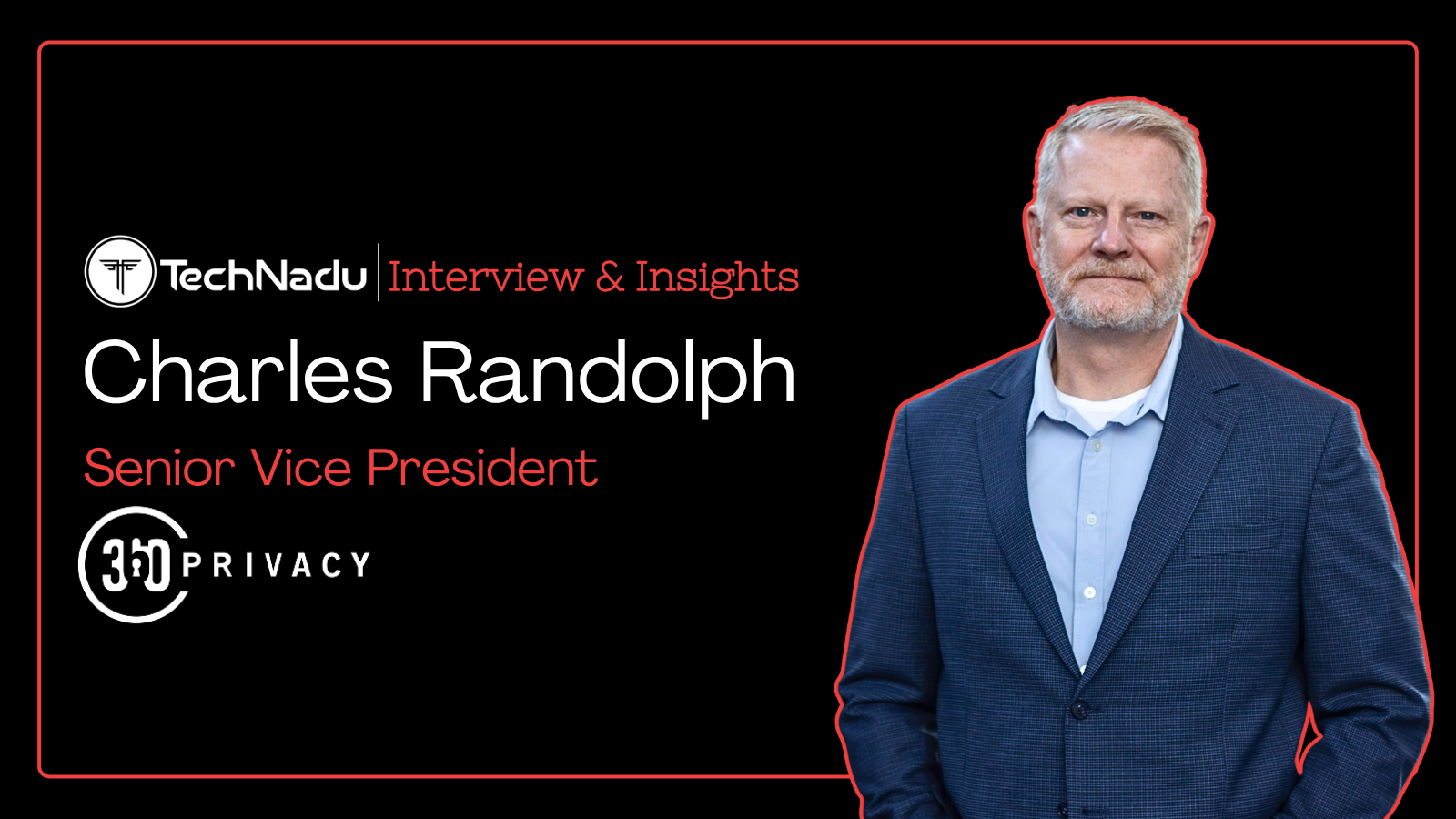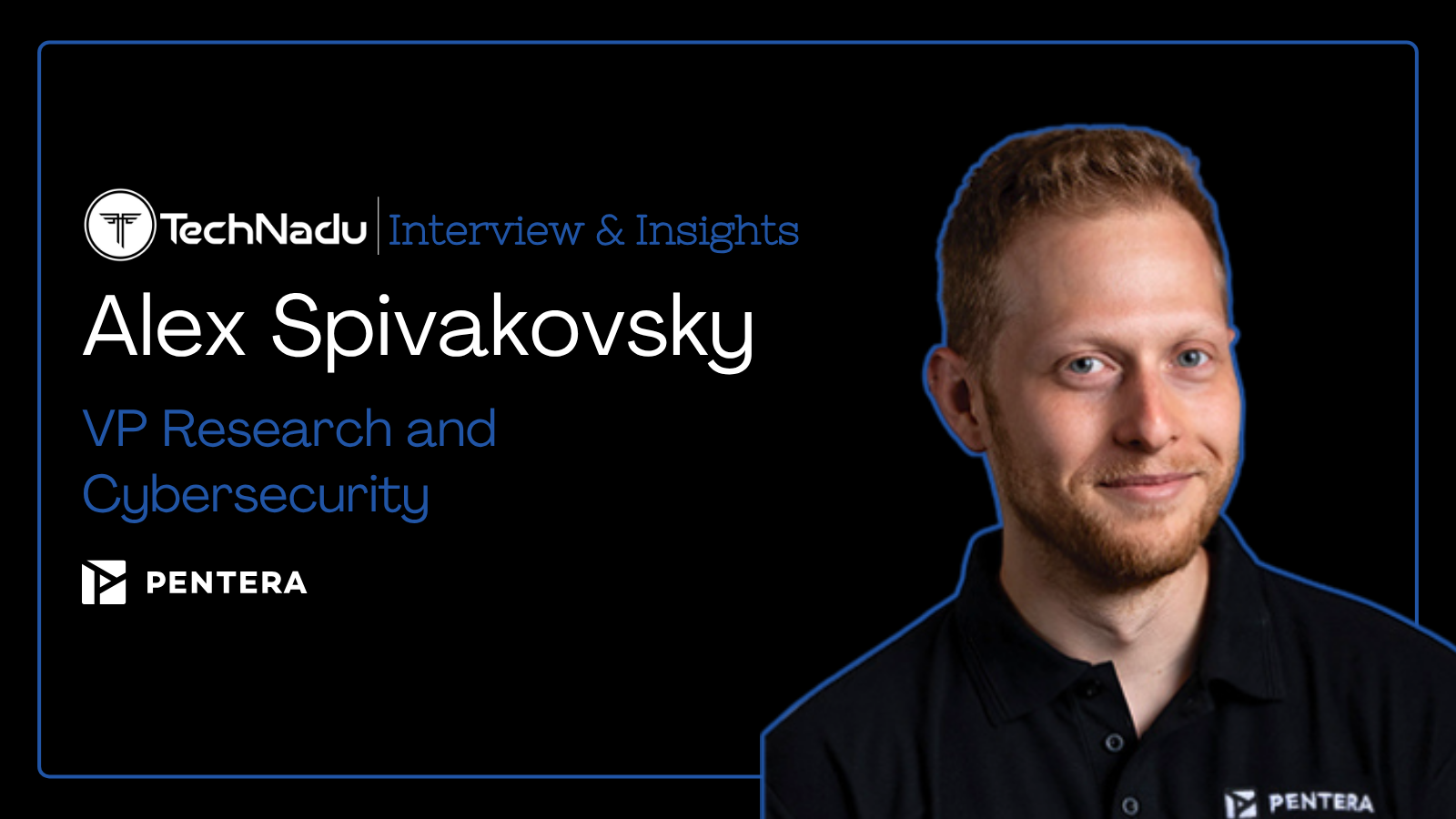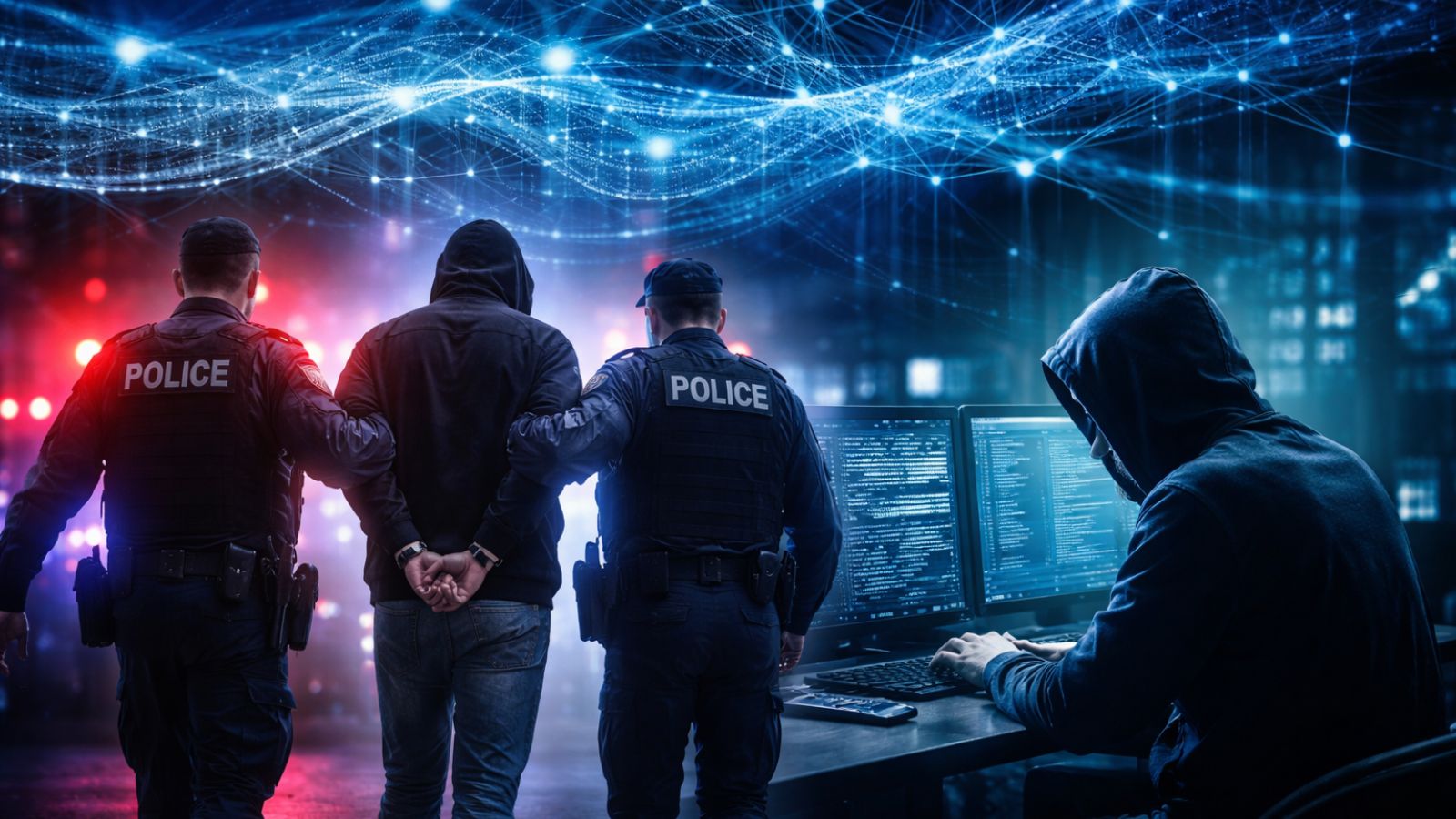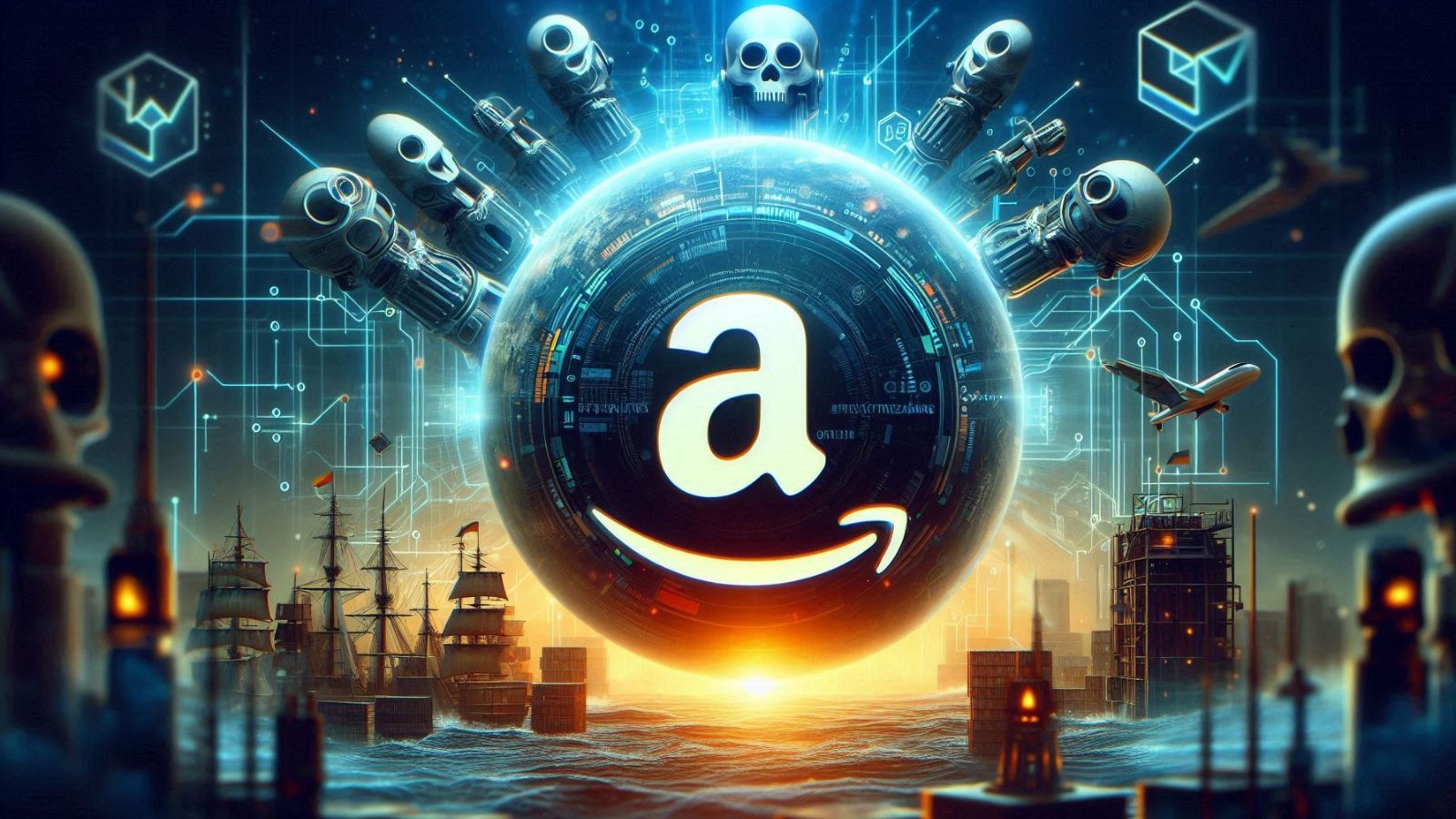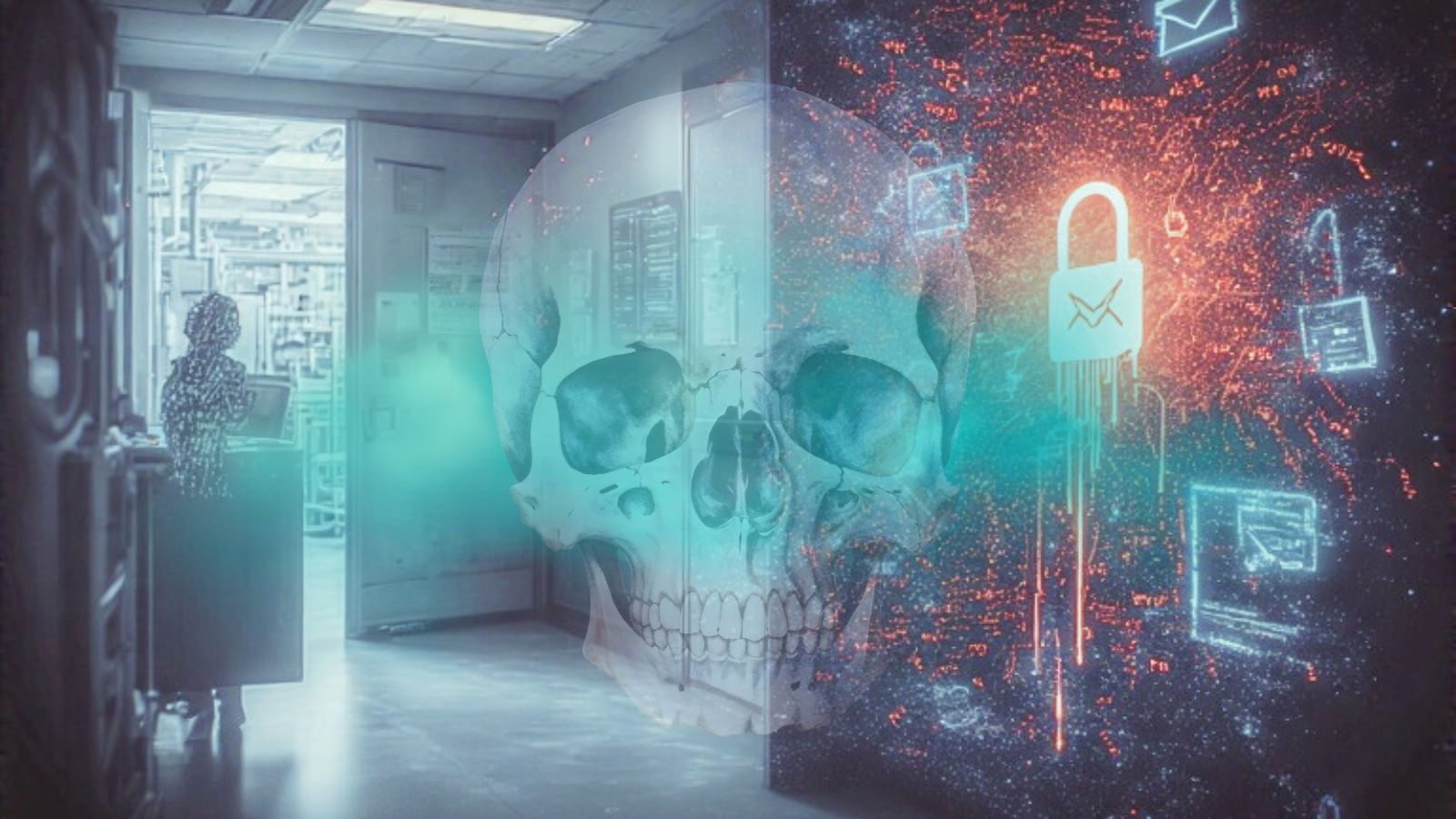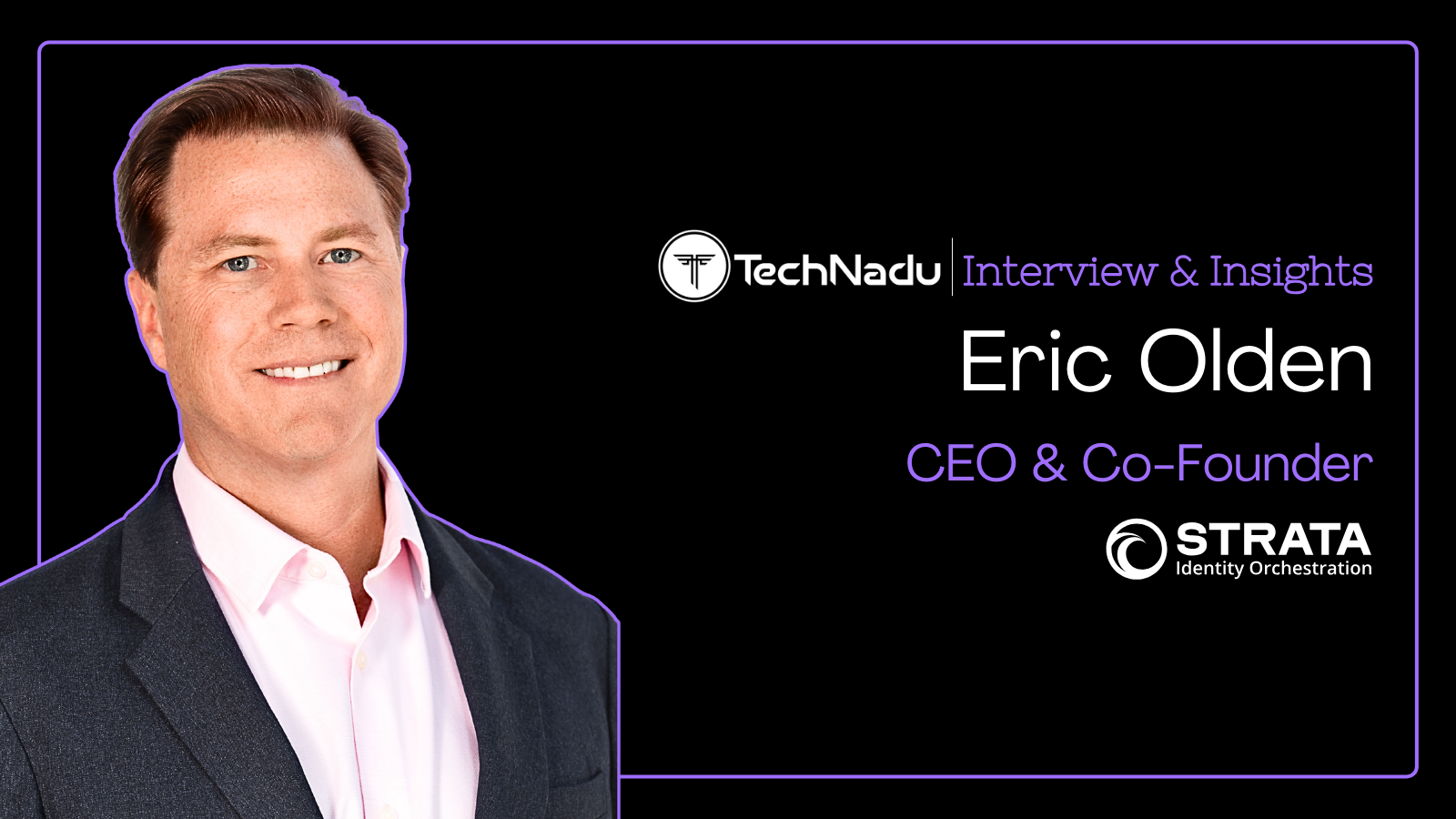
Safeguarding a Leader’s Digital Identity: Why It’s Central to Corporate Security Today
In this expert Q&A, ZeroFox CEO David Muse discusses how digital risk management must evolve from protecting networks to protecting people. Before joining ZeroFox, Muse built a career leading technology and security-driven companies from guiding Elemica through digital transformation to serving as a senior advisor at TPG Global.
His background blends enterprise software leadership with deep operational experience across energy, manufacturing, and risk intelligence sectors.
Speaking with us, Muse shares how AI, and automation can transform executive protection into a proactive strategy. As digital footprints grow larger and more intertwined with business identity, executives are becoming prime targets for cyber and physical threats alike.
Read on to know why protecting leaders’ digital lives has become a part of safeguarding the enterprise itself.
Vishwa: As the digital footprint of both organizations and their leaders continues to expand, how should executives elevate digital risk management and personal protection as part of their cybersecurity priorities this Cybersecurity Awareness Month?
David: As business leaders grow their public profiles to drive thought leadership and visibility, their digital footprints have never been larger, and that exposure gives attackers ammunition. Executives put hundreds of data points out into the online world, and every social media post, podcast appearance, real estate listing, and beyond can be weaponized to impersonate, manipulate, or breach trust.
In the spirit of Cybersecurity Awareness Month, I want to highlight that we can no longer afford to treat executives’ personal digital lives as outside the scope of corporate cybersecurity. The personal attack surface is an extension of the enterprise. This involves embedding visibility into executive exposure, monitoring for impersonation or data leaks, and extending strong security practices into personal digital spaces.
When executives lead by example in protecting their own digital presence, they set the tone for the entire organization. Safeguarding our leaders is safeguarding our brand, our people, and the trust we depend on.
Vishwa: How can closer collaboration between digital security and physical security teams help organizations build a more unified approach to safeguarding their leaders and critical assets?
David: A decade ago, cybersecurity and physical security were treated as separate worlds. Today, that’s no longer possible, as the line between digital and physical threats has all but disappeared. Online hostility can turn into real-world danger within hours.
A doxxing incident, a viral post, or leaked travel detail can quickly escalate from digital harassment to physical confrontation. Most modern threat actors operate fluidly between these worlds, using online communities to plan or amplify attacks that have offline consequences.
That’s why collaboration between digital and physical security teams is essential. Shared intelligence pipelines let both groups see the same threat picture and act faster, whether that means adjusting travel plans, increasing protection, or escalating investigations.
A unified threat model and joint governance ensure consistent communication and accountability. When these teams operate as one, organizations can detect early signals, connect the dots, and neutralize risks before they reach the doorstep.
Vishwa: Threat actors are increasingly weaponizing digital personas, using information from social media and other online sources to target executives. How has this trend changed the threat landscape you’re observing across industries?
David: Every mobile app or social media post collects or disseminates data that paints a real-time picture of an executive’s life. Apps like Strava, Zillow, and LinkedIn, while seemingly harmless, can be weaponized by threat actors to execute both digital and physical attacks.
These apps reveal where executives jog, which school their kids attend, when they travel, and more. Attackers don’t need to hack a network when digital breadcrumbs reveal almost everything they need to know.
What’s changed isn’t just the volume of information, it’s the precision. Adversaries are designing coordinated campaigns that move seamlessly from digital manipulation to real-world intimidation.
They’re collapsing the distance between cyber intrusion and physical threat, turning personal data into a weapon of access and pressure. For security leaders, protecting an executive’s digital life has become as vital as securing the company’s most sensitive systems.
Vishwa: AI is now influencing both the speed, sophistication, and personalization of cyberattacks. From your view, what areas of defense do you think AI will truly strengthen and which risks are being underestimated?
David: AI is a powerful tool, especially in cybersecurity use cases. We know that it can empower security teams to identify threats faster, but like all great tools, it will be misused and abused when in the wrong hands.
AI has democratized cybercrime, lowering the technical skills and resources that were once required to launch sophisticated and large-scale attacks. I am most concerned about the rise of AI-generated tools that now let anyone create convincing video, audio, or imagery in minutes.
We’ve already seen examples where attackers used cloned voices to request fund transfers, impersonate company leaders during virtual meetings, or spread false statements that sent PR and legal teams scrambling to respond.
But this next generation of AI-generated attacks won’t just look real, they’ll feel real, engineered to manipulate emotion and urgency.
However, I am encouraged by how we can flip the script and use AI to fight AI. The technology can play a key role in detection, analyzing speech cadence, lighting patterns, facial motion, and other signals indicative of synthetic media.
Vishwa: For the companies that still take a reactive approach to executive protection, what is your advice on moving toward a more anticipatory and prevention-driven strategy?
David: Proactive protection starts with intelligence. The earlier you can identify signals of intent, the more power you have to shape the outcome.
My advice is to start by setting up persistent detection of early indicators (on public sites, dark web, data brokers, etc), and align all stakeholders, such as security, legal, communications, physical security teams, on a shared executive protection plan.
The organizations that get this right treat executive protection as continuous campaign work, trimming exposed data, automating takedowns, feeding intelligence into physical posture, and resetting defenses as threats evolve.
Vishwa: As automation and AI become core to detection and response, how can teams use these tools to make executive protection more effective while reducing analyst fatigue rather than adding complexity?
David: The key is to use it for what it does best, handling scale and routine. AI can automatically sort, categorize, and enrich alerts so analysts see the most relevant cases first, complete with context and confidence levels.
This empowers investigators to focus on the alerts that truly need attention. Automation is also valuable for the repetitive but necessary steps, tasks like pulling evidence, checking previous exposures, or submitting takedown requests.
When those processes are standardized and preapproved, it shortens the time from detection to action. But automation alone isn't enough. Human intelligence must remain central to the executive protection process.
It's important to keep in mind that automation should act as an amplifier, not a replacement. The technology should simplify or accelerate the workflow while letting the humans do what they do best, which is making judgment calls and understanding nuance and intent.
Vishwa: Which cybersecurity tools or frameworks do you believe are becoming essential for enterprises to protect executives from impersonation, data leaks, or online harassment today?
David: The future of executive protection isn’t defined by any single tool but instead should be rooted around integration. Most organizations already have pieces of the puzzle - threat intelligence, data protection, brand monitoring, incident response.
What’s missing is the connective tissue that turns these pieces into a unified view of risk around individual leaders. The organizations that succeed build controls end-to-end, ensuring that insights from digital monitoring directly feed into their physical security posture and overall leadership risk framework.
A strong executive protection plan includes:
- Impersonation detection and takedown across social platforms and emerging networks to catch fake profiles early.
- Continuous monitoring of exposed PII and credential leaks (including dark web channels) so you catch data exposure before it’s weaponized.
- Digital-to-physical intelligence integration, for example, mapping social media or location data to real-world threat planning, enabling security teams to act on credible adversary movements.
- Human-reviewed AI detection of synthetic media, deepfakes, and anomalous communications, layered with analyst validation.
- Proactive “minimization” controls such as ongoing removal of unnecessary digital exposure, privacy hygiene, and limiting public data surface.
- Leverage solutions with the scale, experience, and operational capacity to keep up with evolving threats to ensure executive protection programs remain resilient over time.
PS: This interview was conducted during Cybersecurity Awareness Month as part of our October special coverage.

